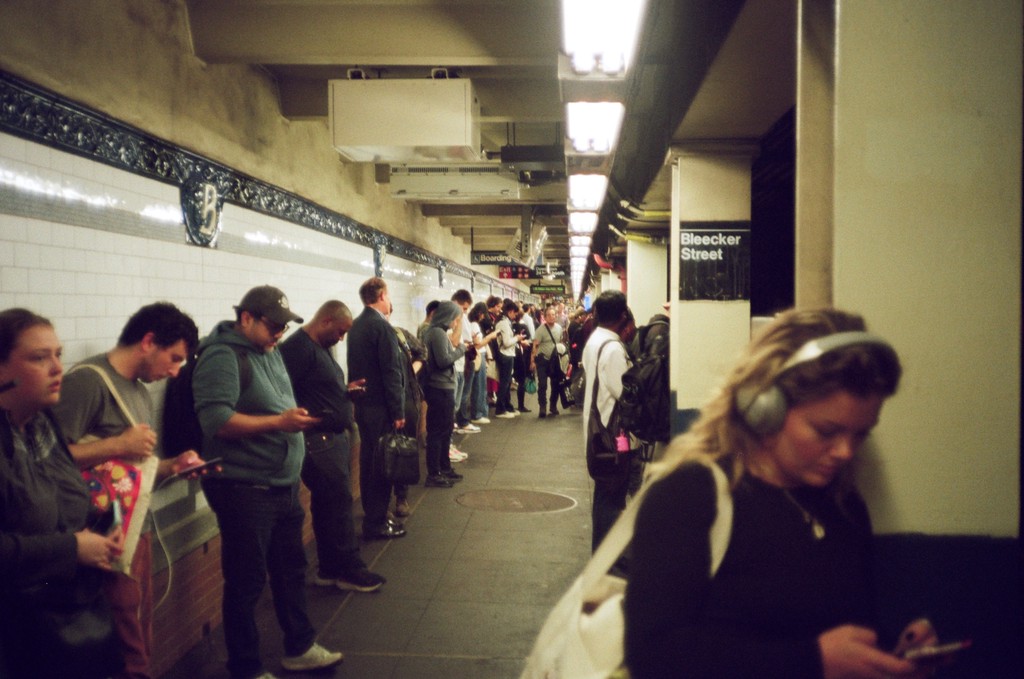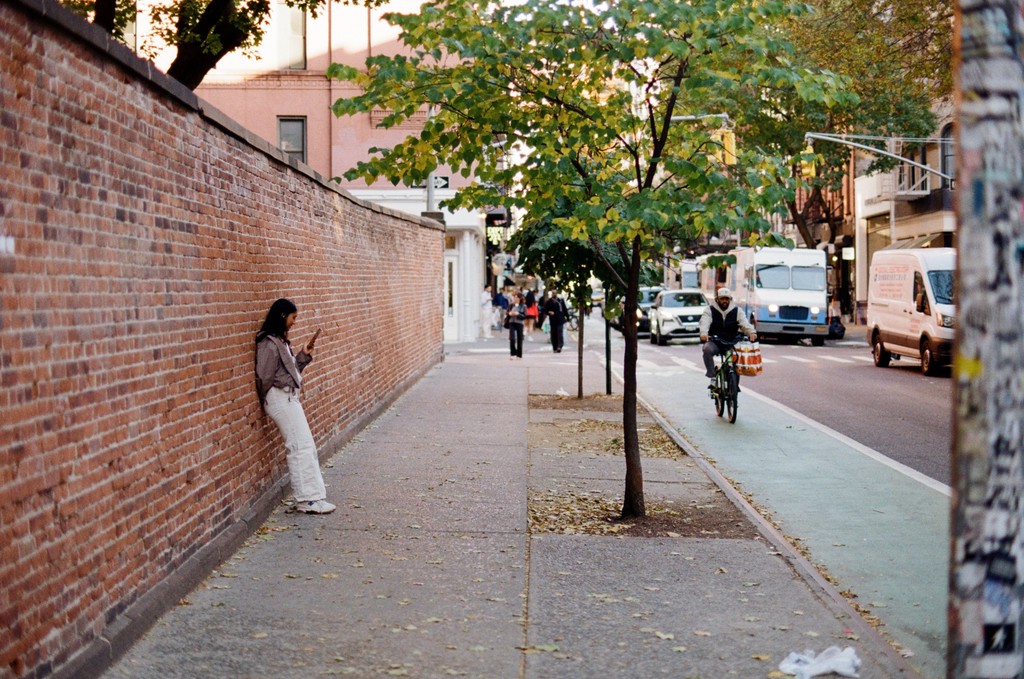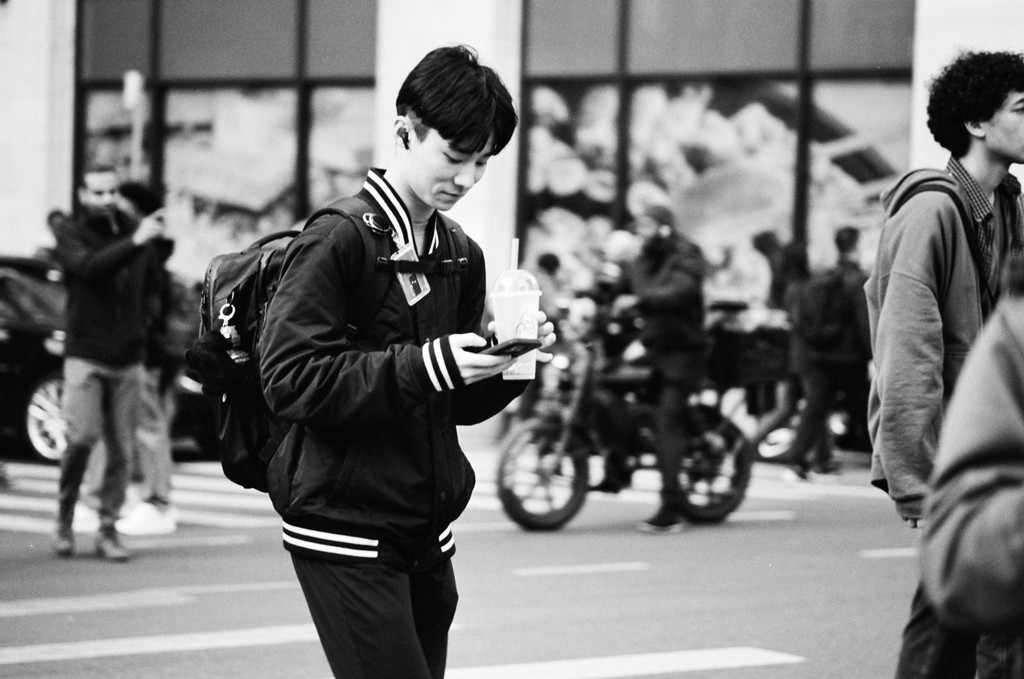The Great Disconnect: Our Digital Addiction
Table of Contents
I was sitting on the subway the other day and glanced up from my book to notice something that shouldn’t be remarkable, yet somehow was: every single person in my line of sight was staring at their phone. This wasn’t the first time I’d observed this phenomenon, but something about this particular moment struck me differently. It wasn’t just that everyone was looking at their phones—it was the mechanical thumb-scrolling and the complete disconnection from their surroundings.
We’ve created an alternate reality that fits in our pockets, and it’s easy to let it consume our attention. But finding balance might be simpler than we think.
Present in the Moment or Just Documenting It? #
Have you noticed people at concerts watching the entire show through their phone screens? Or travelers at landmarks more concerned with getting the perfect photo than experiencing the place they traveled thousands of miles to see?
There’s a certain irony in spending considerable resources to attend special events or visit beautiful places, only to experience them primarily through a screen. We’ve become documentarians of our own lives rather than full participants in them.
What’s fascinating is how quickly this behavior has normalized. Just a decade ago, smartphones were novelties we occasionally checked. Now, for many of us, “phone in hand” has become the default state. The people fully present and engaged with their surroundings sometimes seem like the unusual ones.
Connection Quality vs. Connection Quantity #
Despite having more ways to connect than ever before, many people report feeling increasingly isolated. We might have hundreds of online friends and followers, yet deep conversations and meaningful relationships can still feel elusive.
Our digital connections often follow different patterns than face-to-face interactions. Instead of the natural, unpredictable flow of human conversation, we exchange carefully crafted likes, comments, and shares. These interactions provide a sense of connection, but sometimes leave us wanting something more substantial.
What’s interesting is how we often turn to digital spaces when feeling lonely, creating a cycle that’s difficult to break. The brief satisfaction from a notification provides a momentary connection without always fulfilling our deeper social needs.
The Attention Economy #
Our devices compete fiercely for our attention. The business models behind many platforms depend on maximizing the time we spend engaged with content, regardless of whether that engagement leaves us feeling informed or fulfilled.
The algorithms determining what content we see are designed primarily to keep us scrolling and clicking. This can sometimes create environments where we primarily encounter perspectives similar to our own, narrowing rather than broadening our worldview.
Over time, this can make it challenging to have nuanced conversations or find common ground with people who think differently. We might find ourselves quick to dismiss alternative viewpoints rather than engaging with them thoughtfully.
The Refresh Habit: Understanding Our Digital Patterns #
Have you ever caught yourself checking your phone, putting it down, and then picking it up again moments later? Or refreshing your email, then immediately refreshing it again? This checking behavior has become so normalized that many of us hardly notice we’re doing it.
These actions follow a neurological pattern similar to what makes games of chance engaging—sometimes we find something new and exciting (a reward), but often we don’t. This unpredictability keeps us checking, always hoping for that next bit of novel information.
This state of anticipation can create a background restlessness that affects our ability to be fully present. Part of our attention remains on standby, waiting for the next notification or update. And interestingly, when we feel this tension, we often reach for the very devices that contribute to it.
I’ve caught myself in this loop countless times: feeling unsettled, checking my phone reflexively, finding nothing meaningful, feeling more restless, and then checking again minutes later. Recognizing this pattern has been my first step toward changing it.
Finding Digital Balance #
I don’t have perfect solutions to these challenges—I’m navigating them myself. But awareness is certainly the first step toward intentional change. Once we recognize these patterns in ourselves, we can begin making conscious choices rather than operating on autopilot.
Some approaches I’ve found helpful:
Create tech boundaries: Designate certain spaces or times as phone-free zones. Maybe it’s the dinner table, the first hour after waking, or the last hour before bed.
Curate your notifications: Most don’t require immediate attention. Consider which truly deserve to interrupt your day.
Practice intentional use: Before picking up your device, ask yourself: “What am I hoping to accomplish here?” This simple question can prevent mindless scrolling.
Seek out immersive experiences: Activities that demand your full presence—whether cooking, hiking, or deep conversation—can provide a refreshing contrast to digital distraction.
Be gentle with yourself: Changing these habits takes time. These platforms are designed by experts specifically to capture and hold attention. Progress, not perfection, is the goal.
The technology itself isn’t inherently problematic—it’s our relationship with it that deserves reflection. These tools can enhance our lives tremendously when used with intention, but they can also diminish our experiences when used mindlessly.
Perhaps the most rewarding practice in today’s world is simply being present—looking up, noticing the world around you, and engaging with it directly rather than through a screen. I’m trying to practice this more often. Maybe you’ll join me?







